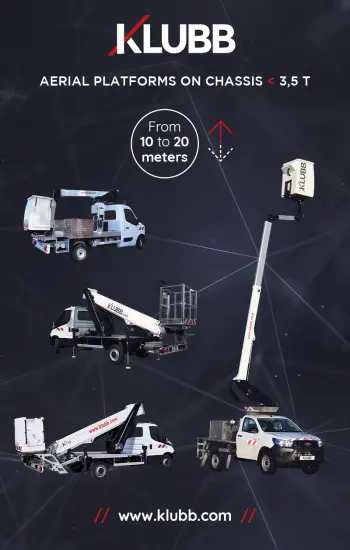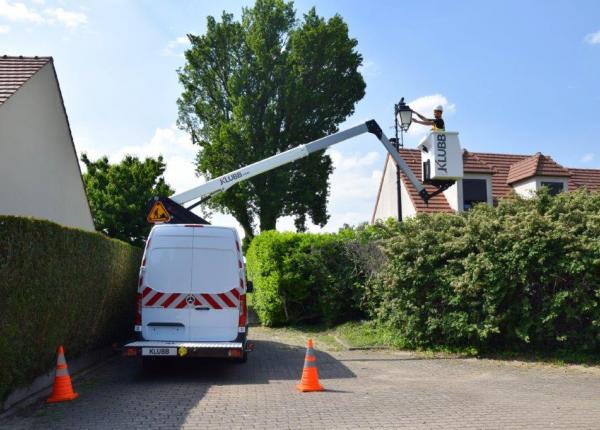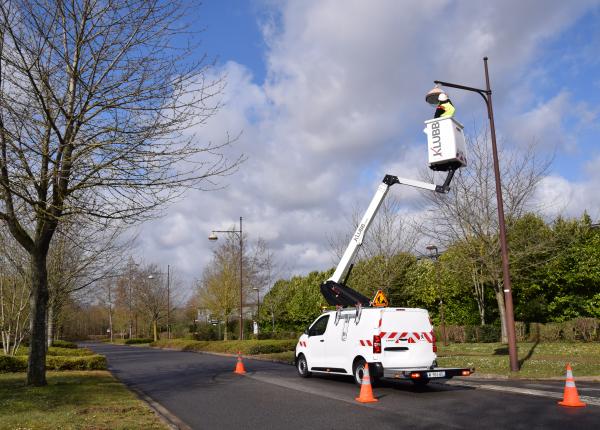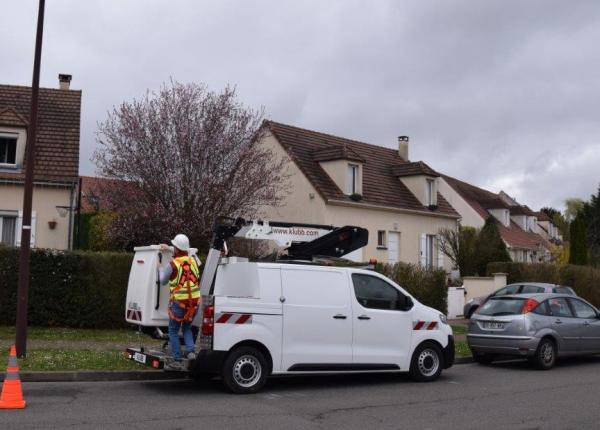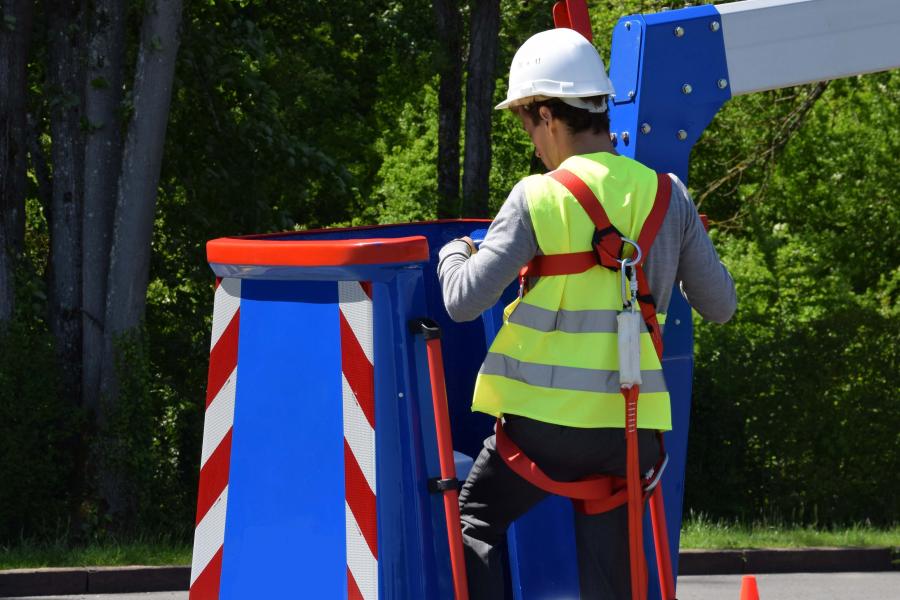
Companies whose core business involves working at height are required to continuously improve their safety culture, which includes raising awareness about Personal Protective Equipment (PPE) among their employees. In this article, we provide you with the keys to building a strong and coherent safety policy with your operators, which will significantly reduce workplace accidents related to falls from height.
Awareness through risk assessment
Improving safety culture and raising awareness about the importance of wearing PPE involves analysis by the employer, in close collaboration with its operators. This analysis includes reviewing past accidents involving aerial lifts and requires observation of current practices in the field, as well as discussing employees' perceptions of the risks associated with their work. Situational simulations can also be employed to verify whether operators are wearing safety harnesses correctly and if they are adequately trained to identify areas where the use of an aerial lift would be compromised by unstable ground.
Setting clear and realistic objectives
Following the risk assessment, it is important to define specific objectives. These objectives will help develop the safety culture and reduce risks and workplace accidents related to working at height. These objectives are unique to each company and vary depending on the issues and accidents they face. However, two common objectives can apply to many stakeholders: avoiding any accident involving a work stoppage caused by a fall from height for one year and training 100% of operators in aerial lift safety within 6 months. These objectives must be clear, achievable, and communicated to the teams, who must be actively involved in this process.
Training, a necessity
Training for operators and, more broadly, educating them about the risks they face when using aerial lifts is mandatory. This may include practical training covering topics such as best practices for inspecting the integrity of the lift before operation, recommendations for effective and optimized wearing of PPE and safety harnesses, and mastery of emergency procedures.
Encouraging success
To promote success, employers can implement progress tracking. This helps identify areas for improvement on a monthly basis and continuously improve safety practices in the field. This policy of continuous improvement can be encouraged by implementing a reward system for teams that achieve the best results. This could motivate other teams to be more vigilant.
A policy of continuous improvement
A rigorous follow-up of objectives allows for continuously adapting the tools deployed to the objectives to be achieved. It is also important to take into account feedback from trained operators, who are integral players in the safety culture. This helps define relevant areas of improvement with and for them.

